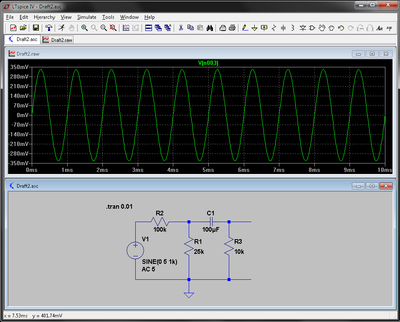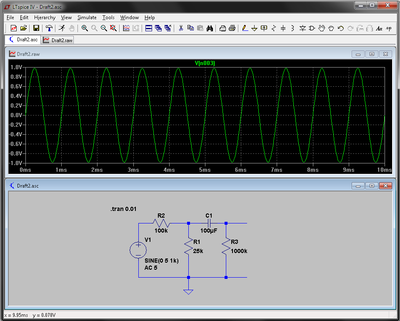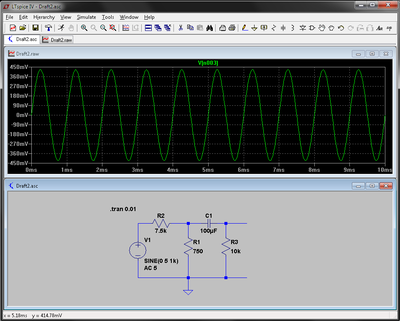MobyGamer wrote:
That is nearly identical to the original Covox Speech Thing 😀 Lower output volume, but the clarity is an unmistakable improvement and nearly identical to the real Covox Speech Thing.
I did some informal A/B testing with the test corpus above, compared to the test corpus from the real Covox, and I was able to pick out the Covox as sounding better over 80% of the time. However, I do NOT consider that a failure! it's only because I've been doing all these tests for many evenings (I've listened to the corpus over 100 times), and am possibly biased towards how the real Covox sounds. Maybe if I had wired up 25K instead of 27K, that may have made them 100% identical, who knows. Either way, I consider this a great success.
I have a theory that it may be because of the discrete resistors.
I can't know what tolerance resistors it was built with, but 1% resistor tolerance is not enough when compared to a resistor network.
Resistor networks are usually available with 2% tolerance, sometimes with 1% tolerance. So the resistance value itself is not very accurate, for R=100k, the actual values are all within R=98k and R=102k. But what's more important is that the whole network in total is accurate down to 1 LSB or 0.5 LSB counts - which means that for a commonly available 8-bit network with 2% tolerance and 0.5 LSB count accuracy, the resistance values are within 0.195% of each other (0.5/256), guaranteed.
So with discrete 0.1% resistors, you can certainly build a 8-bit DAC, even almost a 9-bit DAC.
But using 1% resistors, even a 8-bit ladder is effectively a 7-bit or 6-bit DAC as it is said in this application note :
http://www.ttelectronics.com/themes/ttelectro … DERNETWORKS.pdf
@Scali:
Thanks! I don't know if this is specifically engineered or tuned value. Most likely they experimented with bog-standard resistor networks, and the 100k network is the first value crossing anyone's mind when choosing a value that's high enough not to load the data bus. And for connecting this to other audio equipment the 5V signal was too much and again the first value to cross anyone's mind is to attenuate that to 1V signal 😀 And to make manufacturing more cheaper and faster (and to avoid clones) they decided to request a custom resistor network so they don't have to solder two components...


